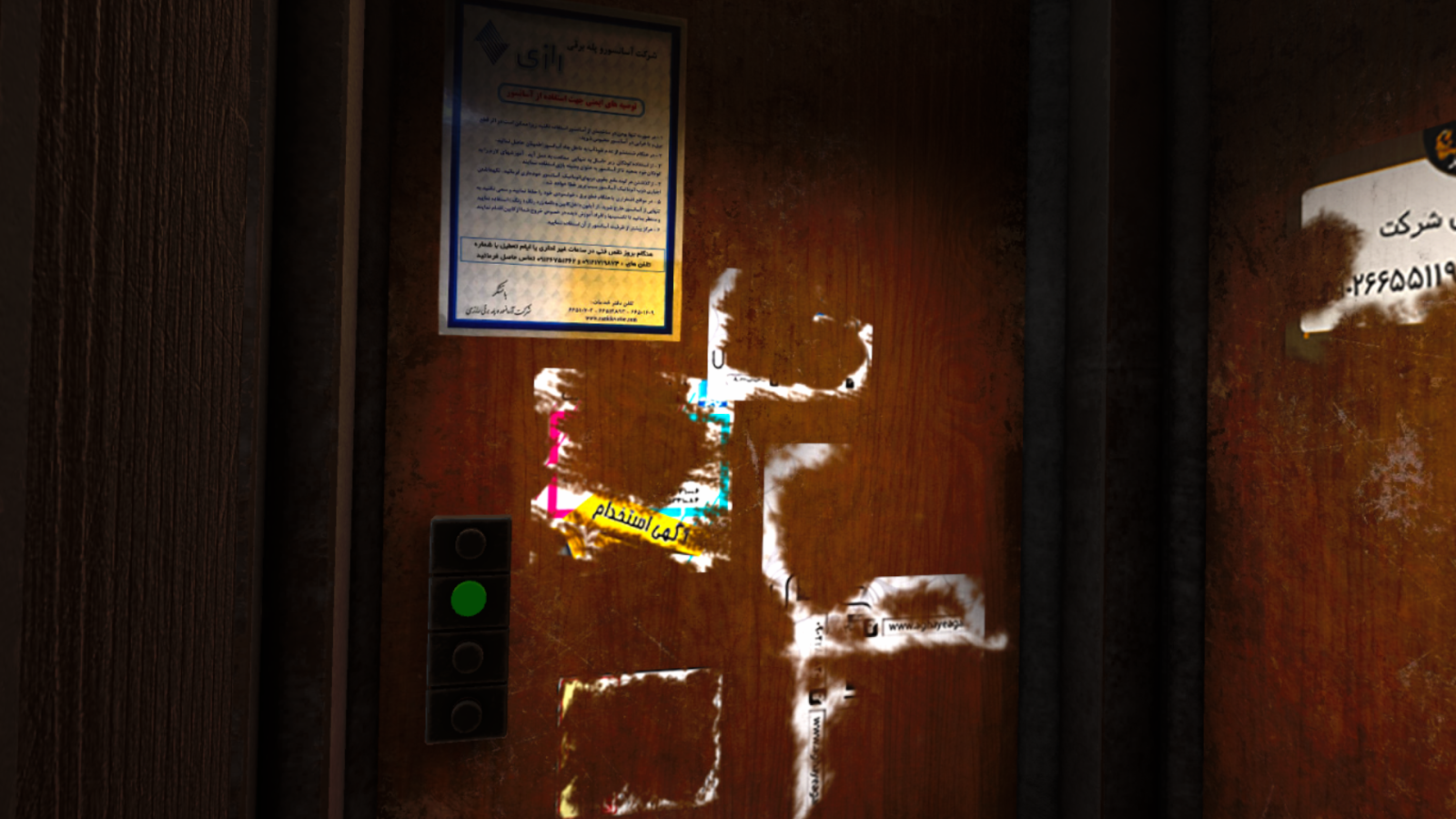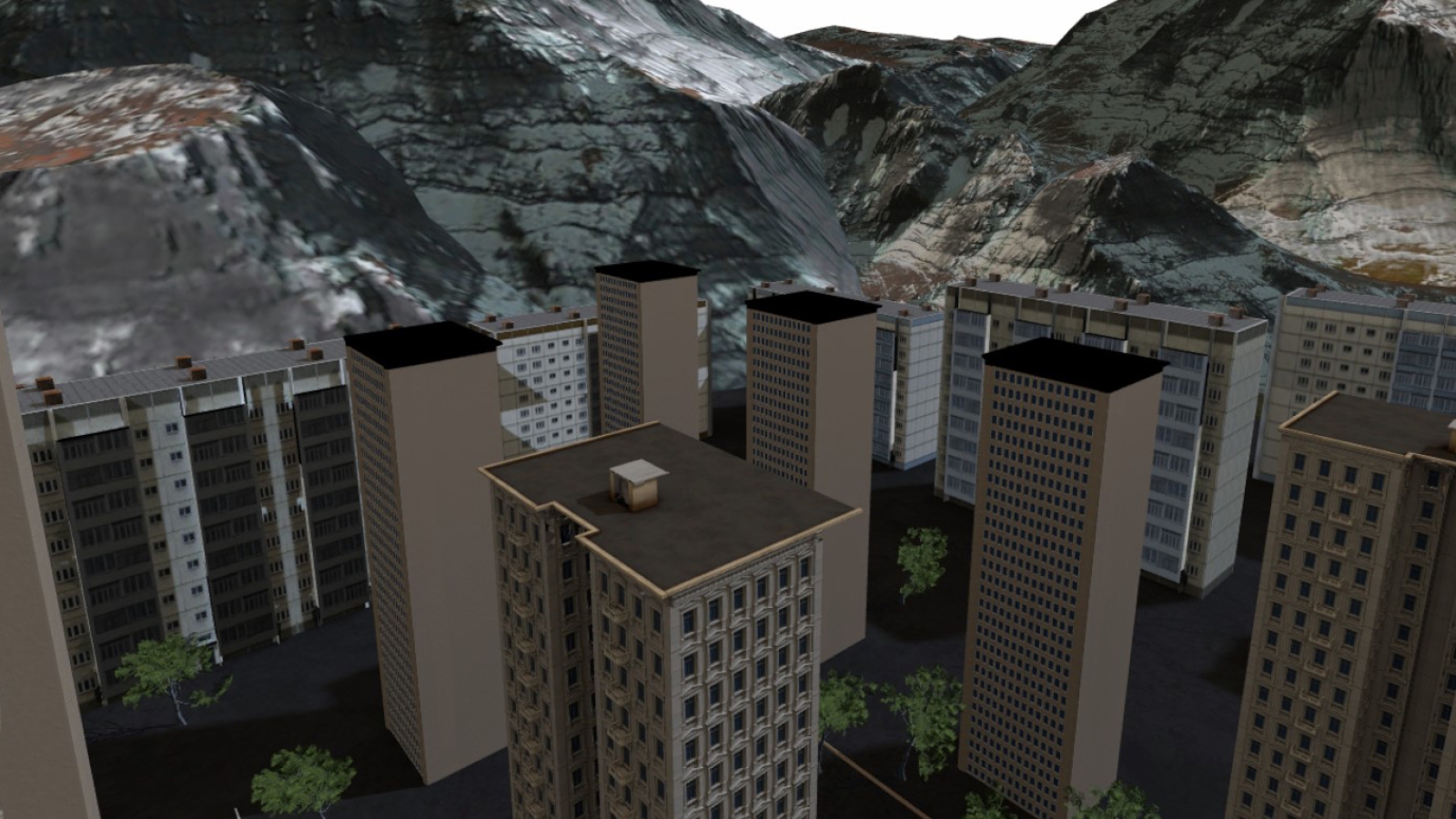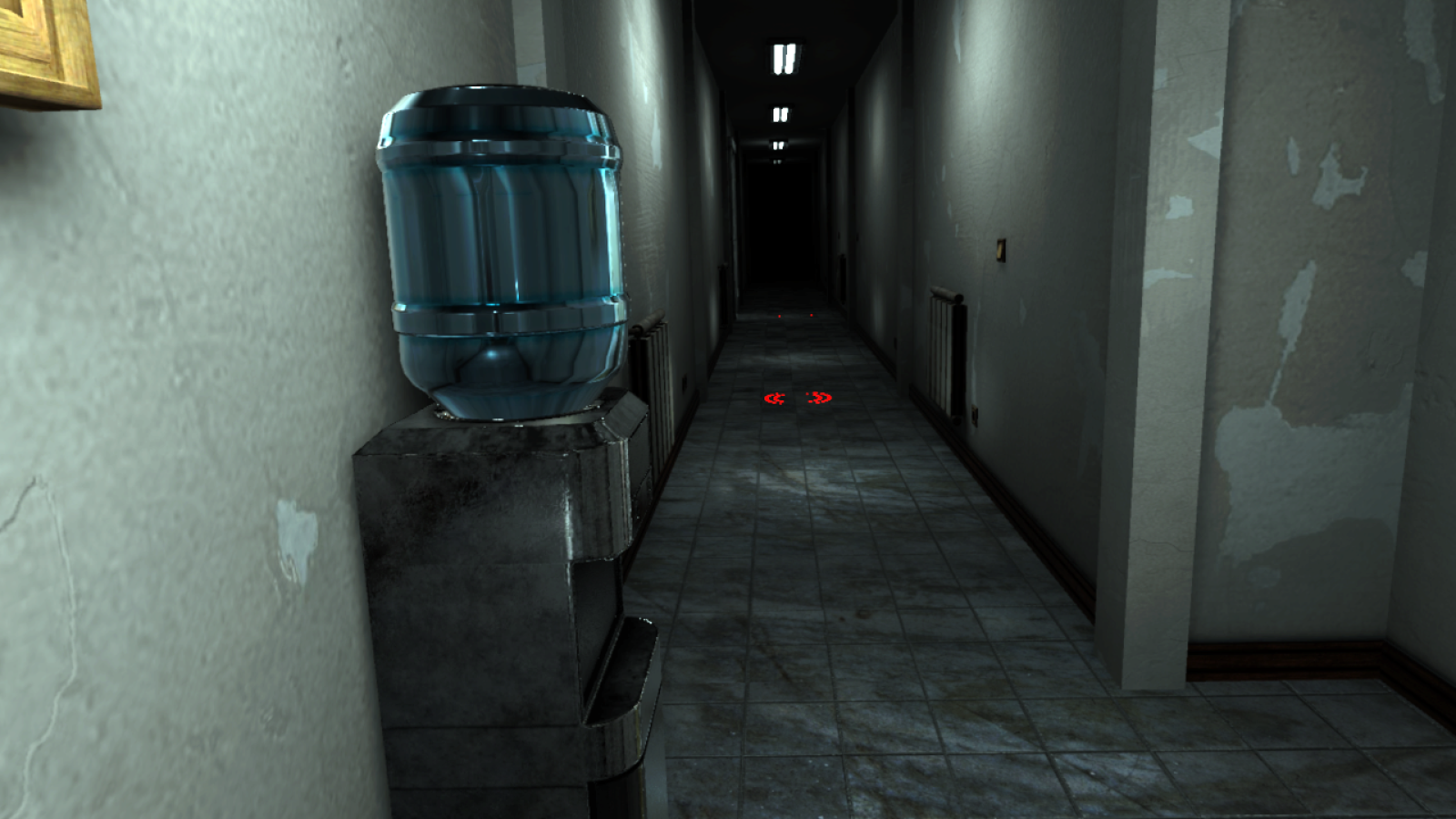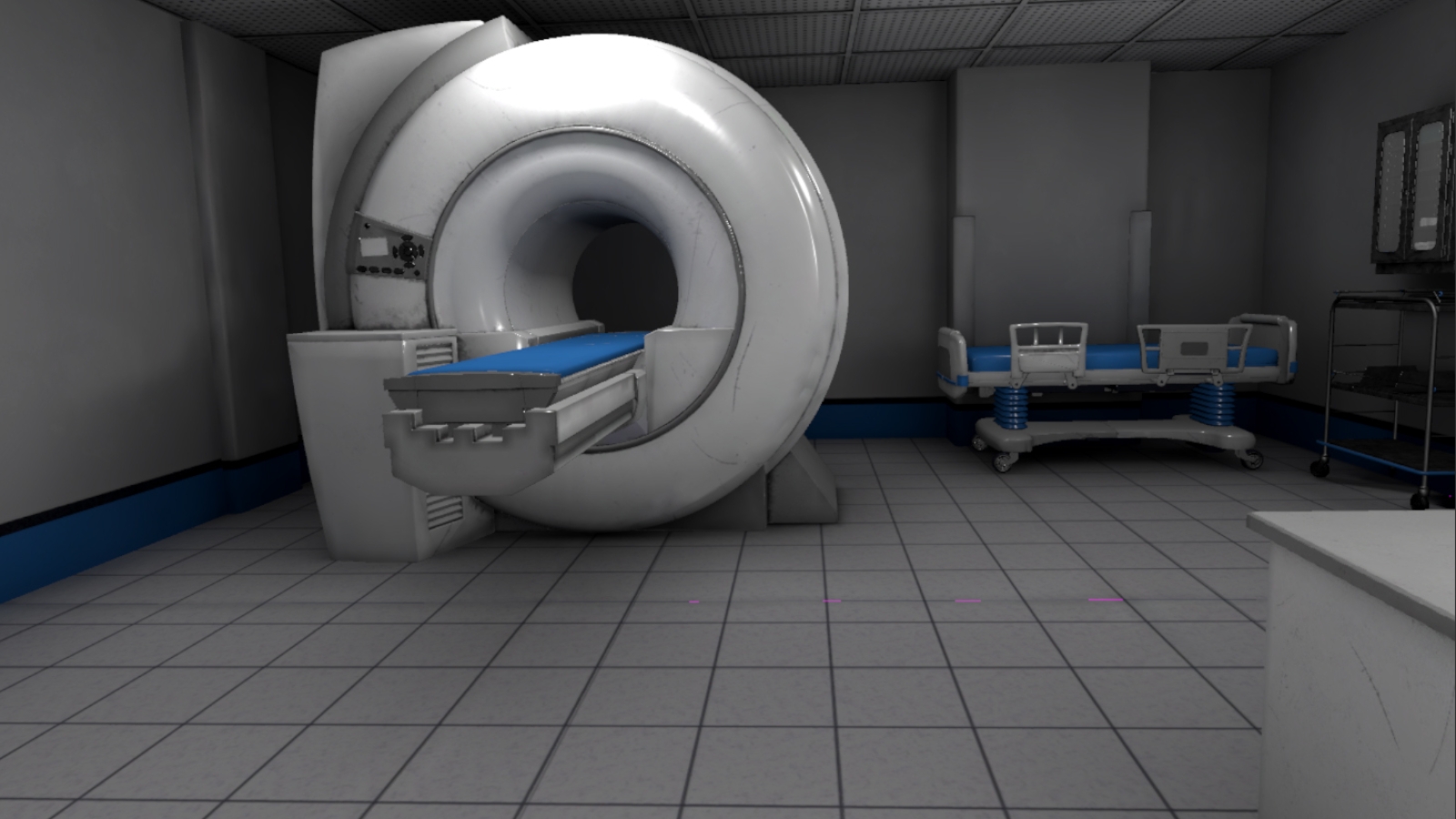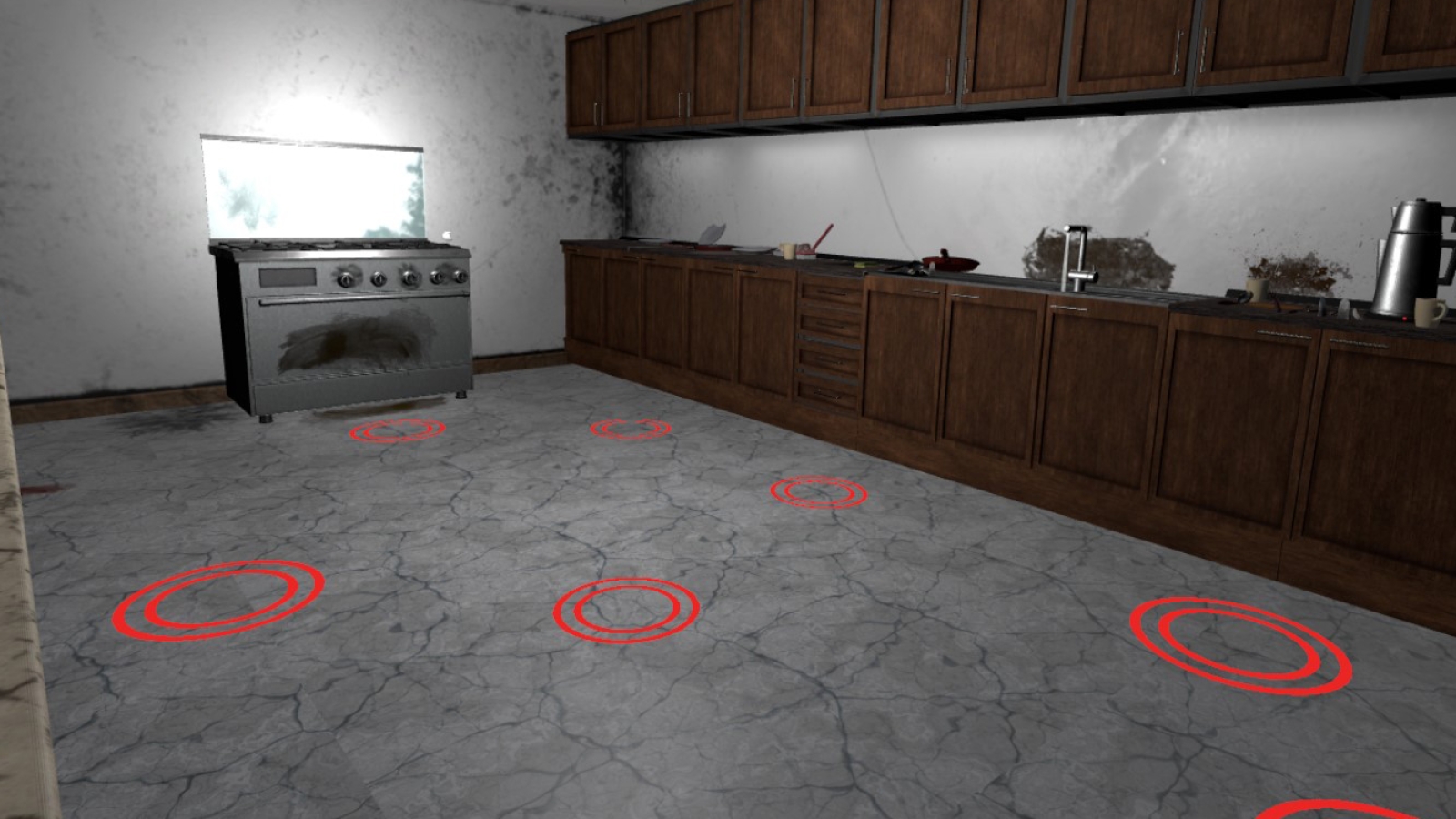This virtual is a simulation of exposure in crowded malls and elevators. Main features of this project are elevators in different sizes, non-playable characters (NPC) and different settings and environments. This particular project has mini-scenarios in itself that can be commenced by the practitioners. For example, technical problems of the elevator, getting stuck in it with other NCPs, etc. Patient can traverse in the environments guided by the therapist, and using teleport points that are available through all the map, the patient can orientate his or her self just fine through all the environments. It can be used by the therapists to stimulate the feared stimuli and triggers of patients fears and anxieties. Therapist can use gradual exposure to guide the patient through environments that has increasing difficulties and increase their skills as they confront their fears.
Call us
+98 2147953

